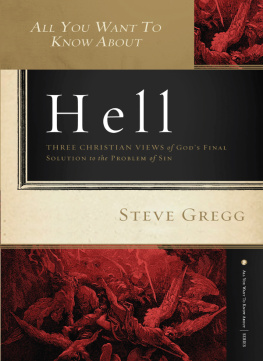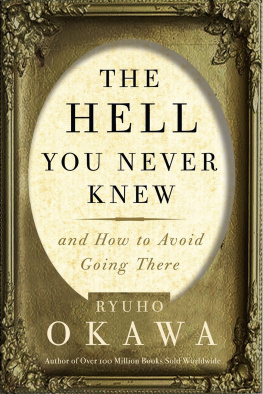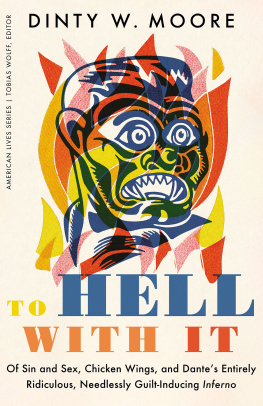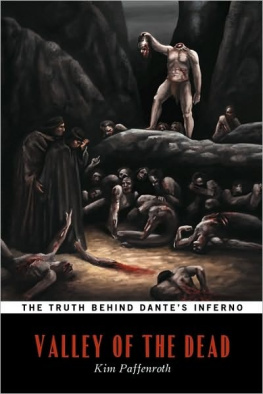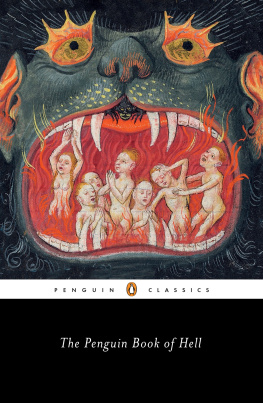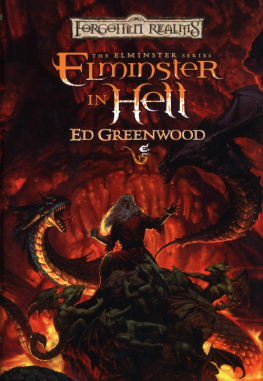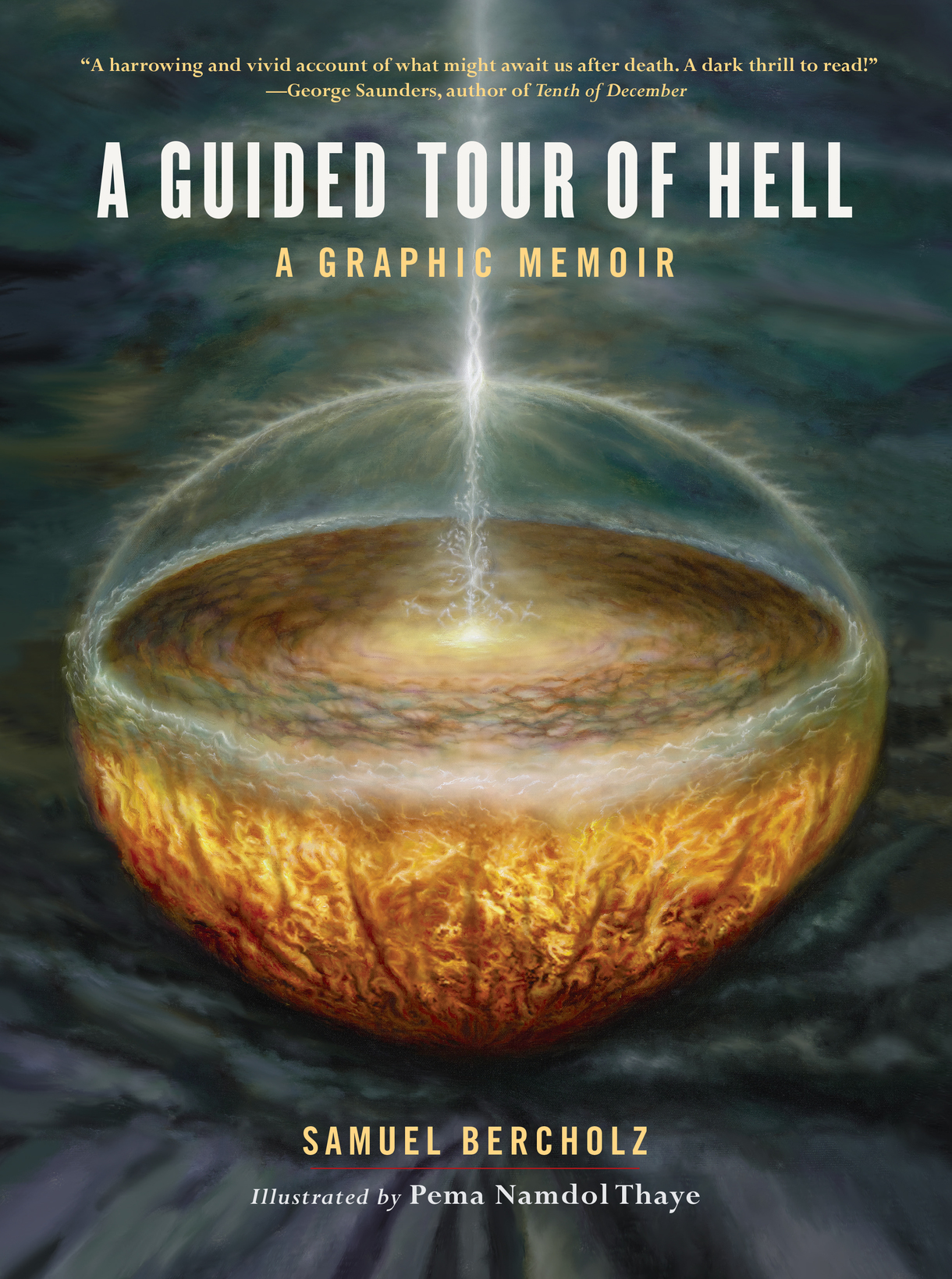Contents
SHAMBHALA PUBLICATIONS, INC.
4720 Walnut Street
Boulder, Colorado 80301
www.shambhala.com
2016 by Samuel Bercholz
Illustrations 2016 by Pema Namdol Thaye
Cover art by by Pema Namdol Thaye
All rights reserved. No part of this book may be reproduced in any form or by any means, electronic or mechanical, including photocopying, recording, or by any information storage and retrieval system, without permission in writing from the publisher.
Library of Congress Cataloging-in-Publication Data
Names: Bercholz, Samuel, author.
Title: A guided tour of hell: a graphic memoir / Samuel Bercholz; illustrated with paintings and drawings by Pema Namdol Thaye.
Description: First Edition. | Boulder : Shambhala, 2016.
Identifiers: LCCN 2016011151 | ISBN 9781611801422 (hardcover: alk. paper)
Subjects: LCSH: HellBuddhism. | Bercholz, Samuel.
Classification: LCC BQ4525 .B47 2016 | DDC 294.3/423dc23
LC record available at https://lccn.loc.gov/2016011151
eISBN 9780834840478
v4.1
CONTENTS
T he writing of this memoir has been a humbling pilgrimage. Ive had dozens of false starts trying to find a way to express an experience that is truly ineffable. Early in its inception I thought of doing a little comparative study of the hell experiences documented in various cultures through their literature. That undoubtedly would have been a much easier task than this autobiographical approach. How did this approach and format come into being?
A couple of years after the events recounted in this book, I decided to share the experience in a weekend program far from homeat the Maitripa Centre in Healesville, Victoria, Australia. I offered a seminar that compared my experience with the descriptions of hell found in Tibetan religious texts, particularly the classic work The Words of My Perfect Teacher by Patrul Rinpoche. It was the first time I had spoken openly about the experience in public. At the end of the program, one of the participants, Stuart MacDonald, told me how taken he was by the content. Stuart encouraged me to write it as a booknot an ordinary book, but a kind of graphic novel that would impart through words and pictures an inkling of the ineffable.
I had also told a few close friends back home about the experience. Almost in passing, I mentioned it to the illustrious meditation master Tulku Thondup Rinpoche when I visited him and his wife, Lydia Segal, at their home in Cambridge, Massachusetts. To my surprise, Tulku laughed, joking, Oh, so you are the first American delog. It seems there is an extensive Tibetan literature containing near-death accounts by advanced meditatorsboth male and femaleknown as delogs, returners from death, and many of them reported their visits to the lower realms where beings may be reborn. Tulku has translated a number of these accounts, which appear in his book Peaceful Death, Joyful Rebirth. The delogs, he explained, are not a modern phenomenon, nor are they exclusively Tibetan. Many delogs were instructed by enlightened beings to return to the world of the living, to teach others. While I cannot claim that my experience corresponds exactly to the Tibetan Buddhist descriptions of the hell realms, it was fascinating to think that I might be considered part of a recognized tradition.
Encouraged to pursue my project, I explored the world of graphic novelsand graphic memoirs, as they are calledand saw that, yes, maybe that would work. At first I thought I might draw on the Western worlds most famous map of hellDantes Infernoand imagined that the book could be a witty dialogue between Dante and Patrul Rinpoche as the three of us traced the journey together. I tried writing a version like this, but it was just too conceptual, so I abandoned that approach.
Next I sent out feelers into the world of illustrators in the hope of finding a collaborator who might understand. My wife, Amy Green, had the inspiration that the artist we sought might be Pema Thaye, a young painter and architect we had both met. Somehow she remembered that even though he was a master of traditional Tibetan sacred arts, he also had the penchant, talent, and training to produce illustrations in the style of fantastic and comic book art. Not expecting much, I set up an afternoon meeting with Pema, anticipating a quick half-hour session with inconclusive results. That half hour stretched into multiple hours, and it wasnt till midnight when I finally went home, exhilarated. Not only did Pema understand what I was talking about, but he was able to see it clearly in his minds eye and was confident that he could translate my story into drawings and paintings.
At numerous subsequent meetings we went over the story in greater detail, and in a little more than a year Pema had produced the extraordinary black-and-white comic-book-like drawings that grace the first and third parts of the book. He then began to create a series of outstanding color paintings that bring to seething life the journey through hell itself that I recount here. (It should be noted that the images may not always reflect the exact details of my narrative; the artists response to my story springs from his own deep sources of creativity and inspiration. Please see his comments in the section About the Illustrations at the back of the book.)
In verbalizing my narrative, a major challenge was how to convey realities that occur outside of ordinary space and time. I had to create a language that evokes rather than explains, which in many ways lacks precision and accuracy but which nonetheless points. Im sure that Pema faced a similar challenge in devising a visual language inspired by my cryptic utterances without trying to depict them in the literal sense. We spent long hours over several months discussing the details of color, shape, and anthropomorphic representations. First drafts were produced through Pemas exacting artistic capabilities, his natural grasp of the subject matter, and his seeming ability to mind-meld with me. From the early roughs, the paintings were painstakingly imbued with all the detail and emotion of the experience, achieving a quality unimaginable to my expectations.
CHARACTERS AND HELLSCAPES
T he next step of the collaboration involved my contemplating the paintingsPemas interpretations of my speechand then entering into a kind of imaginal dialogue with the images. From this arose a written language, complete with characters and hellscapes constructed from both memory and imagination.
Another great challenge was unexpected. Each time I put pen to paper, my fingers to a keyboard, or my speech into a microphone, it was necessary for me to reenter the hell realm to be able to relate anything at all. Each reentry was emotionally excruciating in its intensity. (Pema, too, reported that the paintings for this book were some of the most personally harrowing work he has ever done.) To reexperience the almost inconceivable agony and suffering has required a great inner strength combined with a deep stillness that allowed me to see without judgment or fear. From this seeing I created characters that personify some of the qualities of the myriad denizens of hell.


